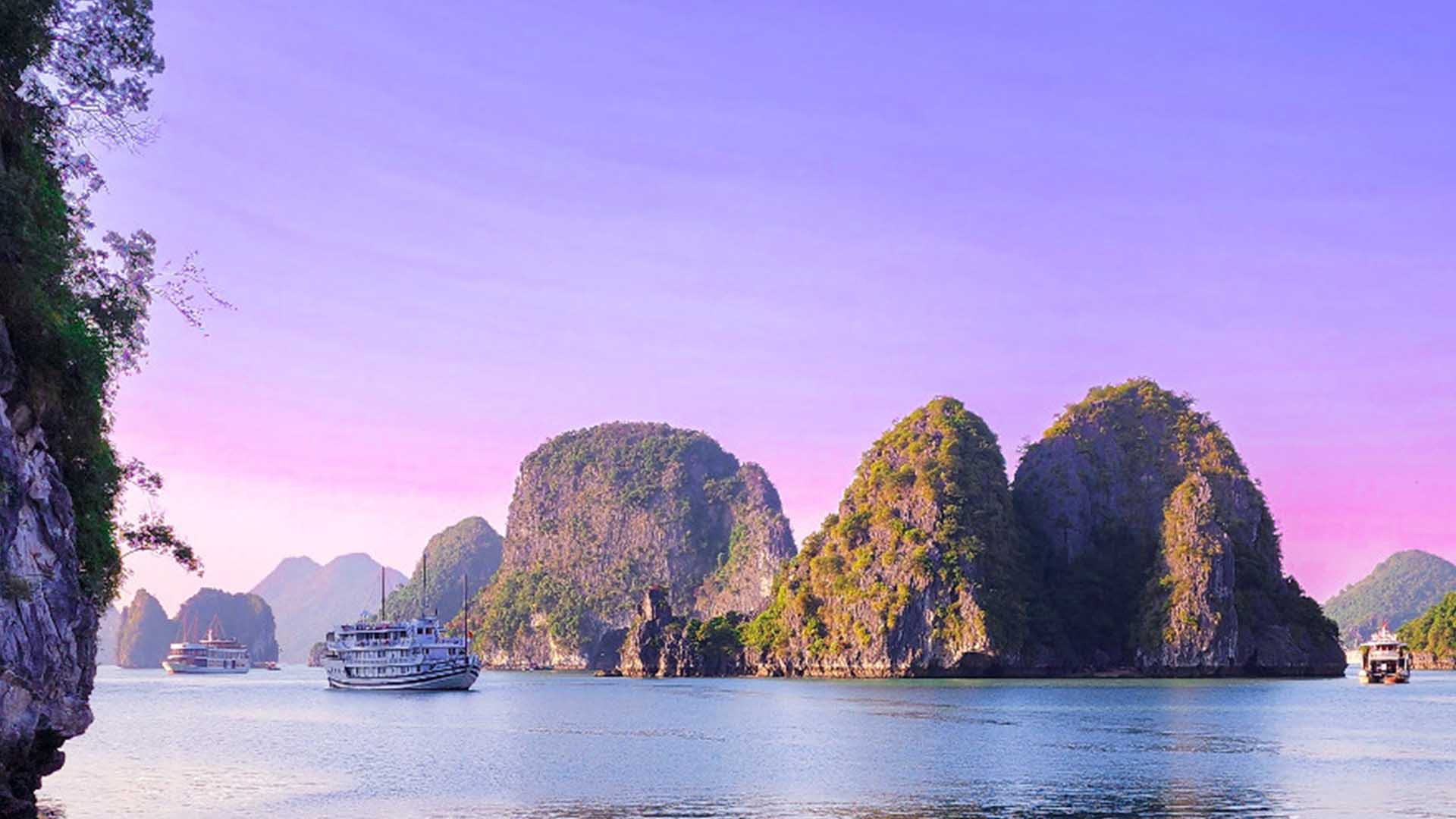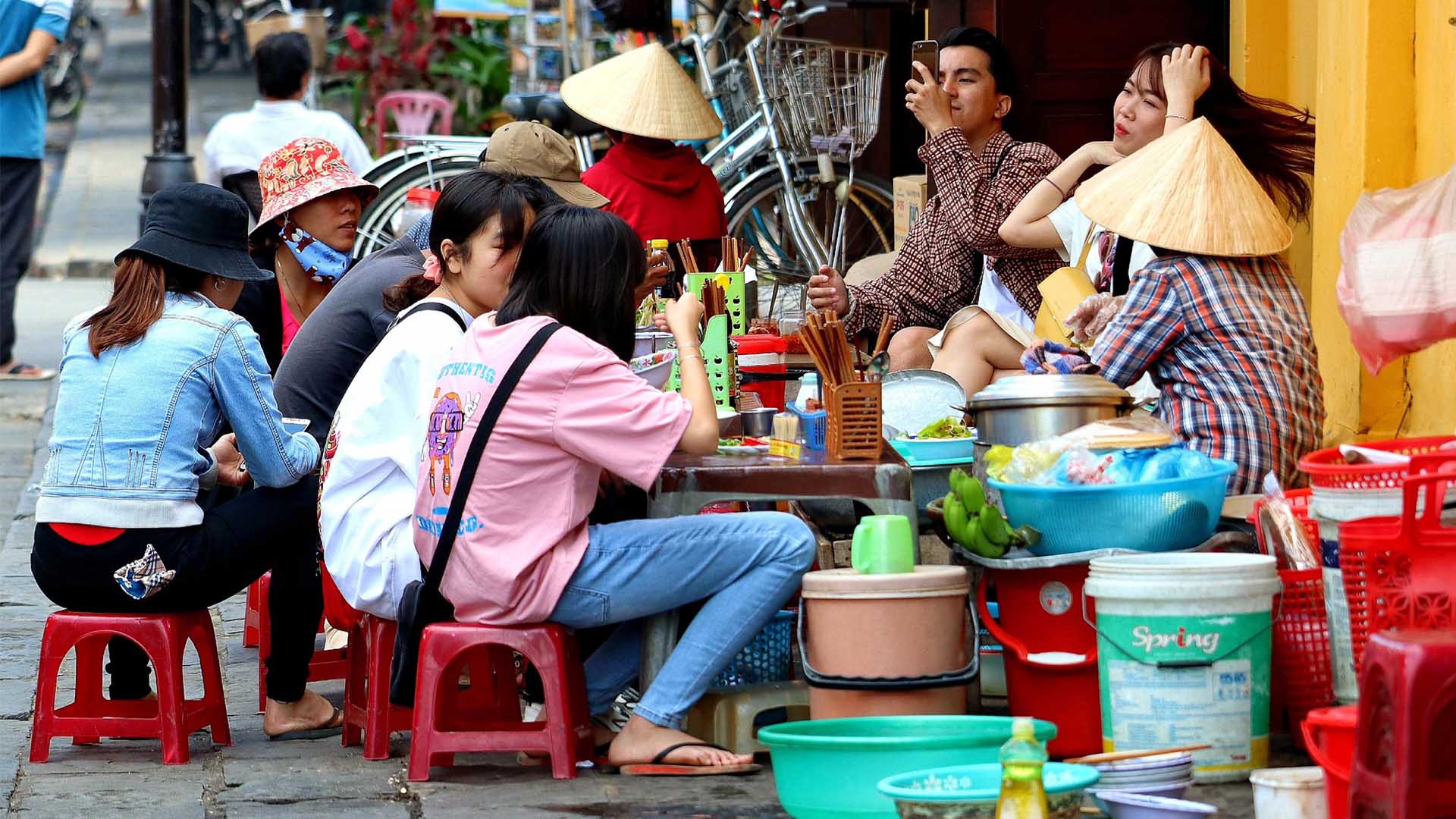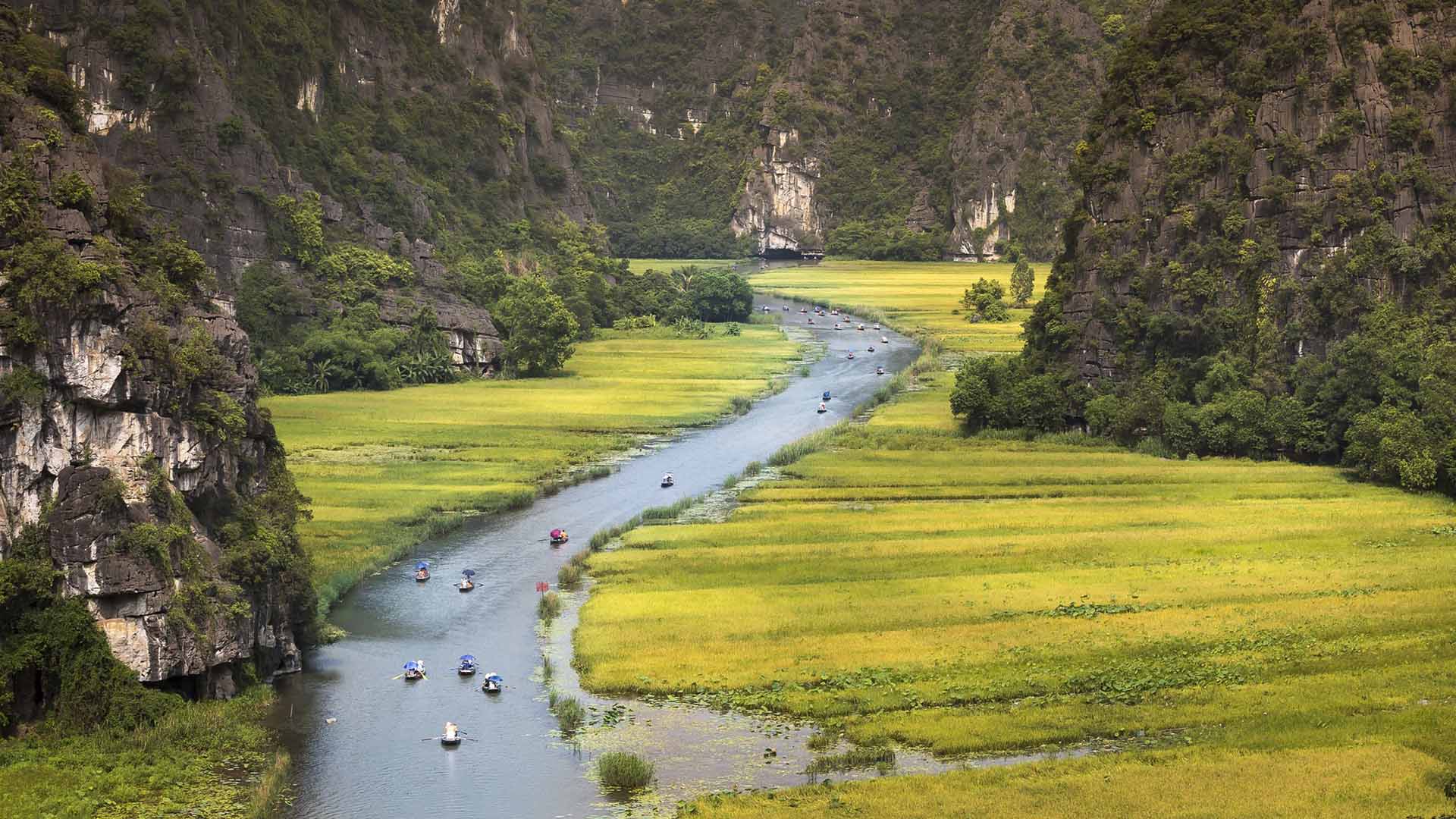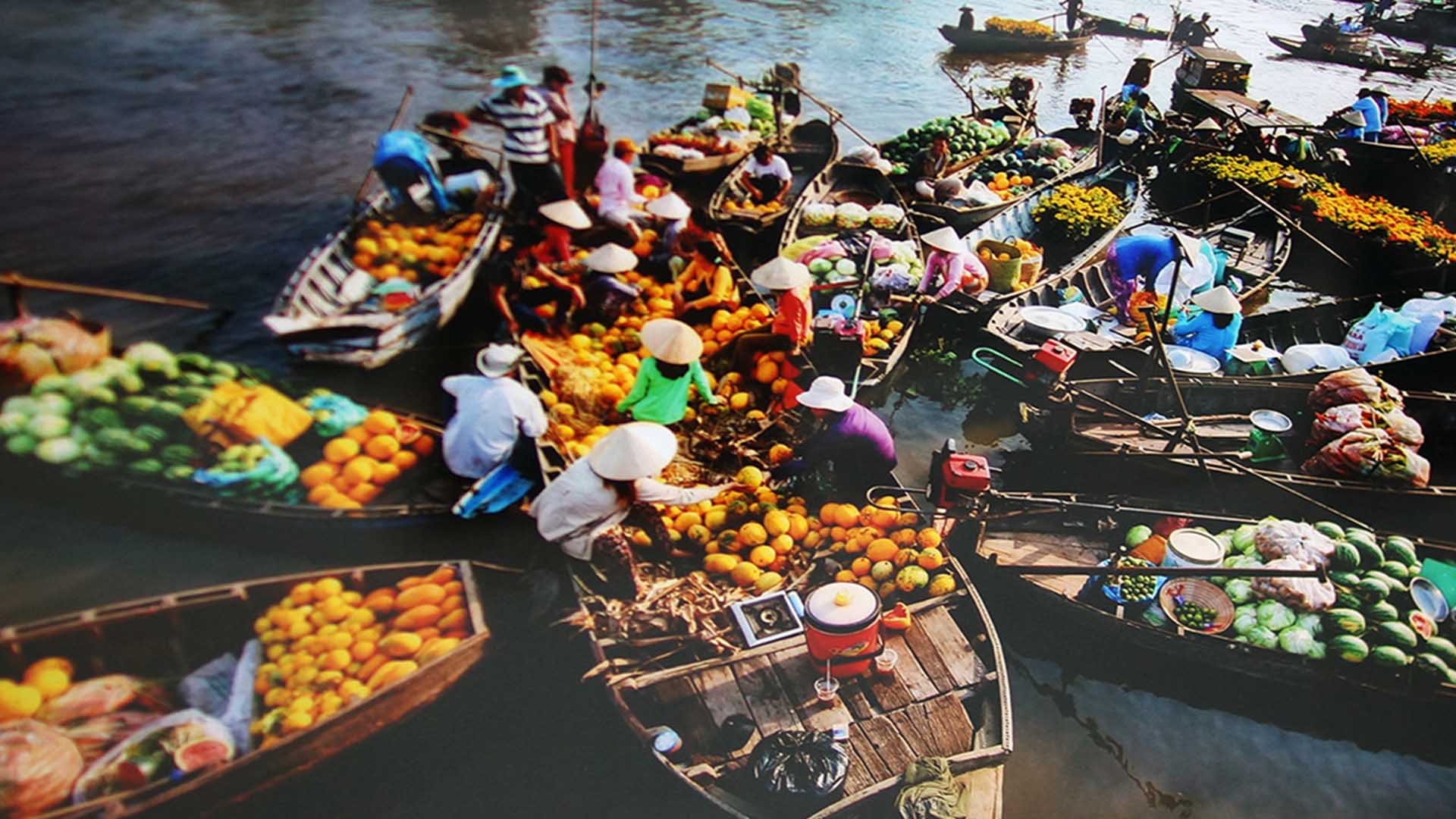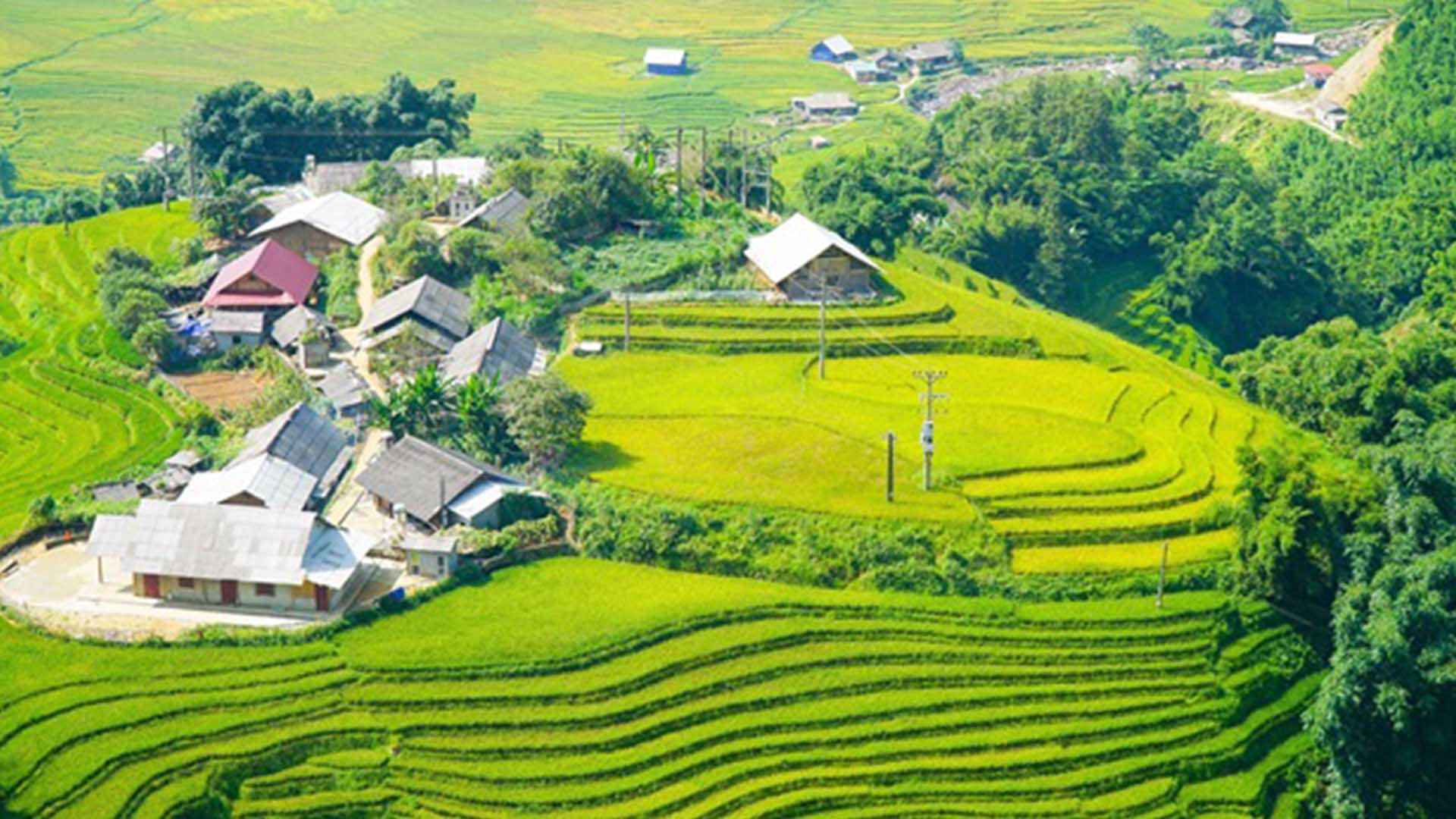Discover Vietnam
Vietnamese culture is diverse and fascinating. It represents something of a history lesson. The nation's labyrinthe, teeming trading quarters are rich in indigenous crafts and reflect centuries-old mercantile influences. Ancient temples display distinctly Chinese influences in the north and Hindu origins in the south. Meanwhile the broad, tree-lined boulevards and grand state buildings that grace Hanoi and Ho Chi Minh City (Saigon) date from the French colonial period.
We recommend you to arrive in Hanoi to begin your discovery of Vietnam. Hanoi city tour includes the Ba Dinh square, the mausoleum of Ho Chi Minh, the presidential house on pillars, the Tran Quoc pagoda, the Temple of Literature with a strong Confucius influence, the Ethnological Museum, Lake Hoan Kiem and Ngoc Son temple in the Old Quarter.
We can take the night train from Hanoi to Lao Cai for our adventure in the mountains. Once we arrive at the Lao Cai station we will go to Sapa for a rest and in the morning we will trek Ma Tra. Our path will be through the mountainous countryside, where cereals like rice and corn are cultivated. We will continue trekking to Ta Phin where we can learn about the lifestyle of the red Dzao people.
The following day we will be based in the Muong Hoa Valley. Initially, we will take a soft trek south towards the Linh Ho village of the black Hmong people. We will visit the quaint Lao Chai village surrounded by terraced rice fields as well as the Te Van village of the Dzay people. Lunch will be served at a village house. We will take the night train back to Hanoi. For more adventurous travelers, we can extend trekking among these mountainous villages by two to four more days.
The following day we will leave Hanoi for Halong Bay. We continue until we reach the port where we embark on our cruise. The ship's crew welcomes us and shows us to our cabins. We will start sailing through this Unesco World Heritage listed Halong Bay in the Gulf of Tonkin. There are over 1,600 islands and islets, forming a spectacular seascape of limestone pillars, formed by a capricious and varied combination of stone, water and vegetation. We will have opportunities for kayaking and to have a dip. We will lay anchor for the night at Ho Dong Tien.
We suggest getting up early to enjoy the marvelous sunrise, coming out behind the rocks and painting them with a thousand lights and shadows. During the navigation we will visit impressive caves such as Sung Sot. The water and the wind have pierced through the millennia, forming the stone colossus that rises all around us. During the cruise our chef will give us a demonstration of Vietnamese cuisine. After the cruise, we will take an evening flight from Hanoi airport to Hue.
The ancient city of Hue is surrounded by a huge wall for over 10 km and was the capital city of the Nguyen dynasty. Inside the Citadel there are two cities called the Imperial City and the Forbidden Purple City. There are many palaces, Imperial residences, temples, gardens, lakes as the political and religious center of the Nguyen dynasty from 1802 to 945. Around the city are well preserved monuments such as the royal tombs and pagodas.
We start the tour by visiting the Tombs of the Emperors Minh Mang and Khai Dinh. We then go to the historic center of the city to visit the Citadel, wherein the Imperial City and the Forbidden Purple City including the Mieu Temple and the Palace of Supreme Harmony.
Finally, we go on an excursion on the Perfume River to the Thien Mu temple, enjoying the beauty of the natural surroundings. We will visit the Thien Mu temple which is the most important Buddhist religious center in the region from 1601 to today, consisting of the Phuoc Duyen pagoda, various temples dedicated to the Buddha, the library and the gardens.
Then we will go by the Hai Van pass and the Marble Mountains - each mountain corresponds to an element: mountain of Land, Fire, Water, Wood and Metal. Finally we come to the Old Quarter of Hoi An, a Unesco World Heritage Site. It is one of the best preserved ancient urban centers of all Southeast Asia, composed by the beauty of the facades of the picturesque traditional buildings, colonial houses, the smell of the smoking incense of their Buddhist temples. The most outstanding sites of this village are the Ancient House Tan Ky, the Chinese congregation of Phuc Kien, the Japanese Covered Bridge, the Ceramics Museum, the handicraft center and the colorful market. In the afternoon we will have free time to explore the villages of Hoi An,and with good weather we can enjoy the beach of Hoi An.
The following day, we will fly to Ho Chi Minh City, the largest and most cosmopolitan city in the country.
The next morning we will conduct a city tour covering the most important sites, such as the War Museum, The Temple Of The Jade Emperor, The Cathedral of Notre Dame, The Post Office, the Opera House, and the City Hall. In the afternoon we will visit the Central Market and we will have free time to wander around at our own pace.
The following day we will take the road to the Mekong Delta and in three hours we will arrive at Cai Be, a place we will use as a base for our exploration of the Mekong. We will take a motor boat to the North Bank of the main riverbed. On our way, we will stop to learn about some of the cottage industries of the area, like the manufacture of rice paper, candy, cane sugar and popcorn rice. We'll walk around and get to know one of the old houses in the area. In the middle of the morning we will cross the river to Tan Phong island. There we will take a rowboat in which we will travel along a narrow canal that is surrounded by lush vegetation.
We will then continue to the island of An Binh for lunch at a local house. In the afternoon we will take a walk among fruit trees to a small snack bar where we can hear an example of Don Ca Tai Tu, traditional music of the area, recently declared Intangible Cultural Heritage of humanity by Unesco. After tasting some of the seasonal fruits and tea, we will take some bikes to tour the island to the pier, from where we will return to Ho Chi Minh.



